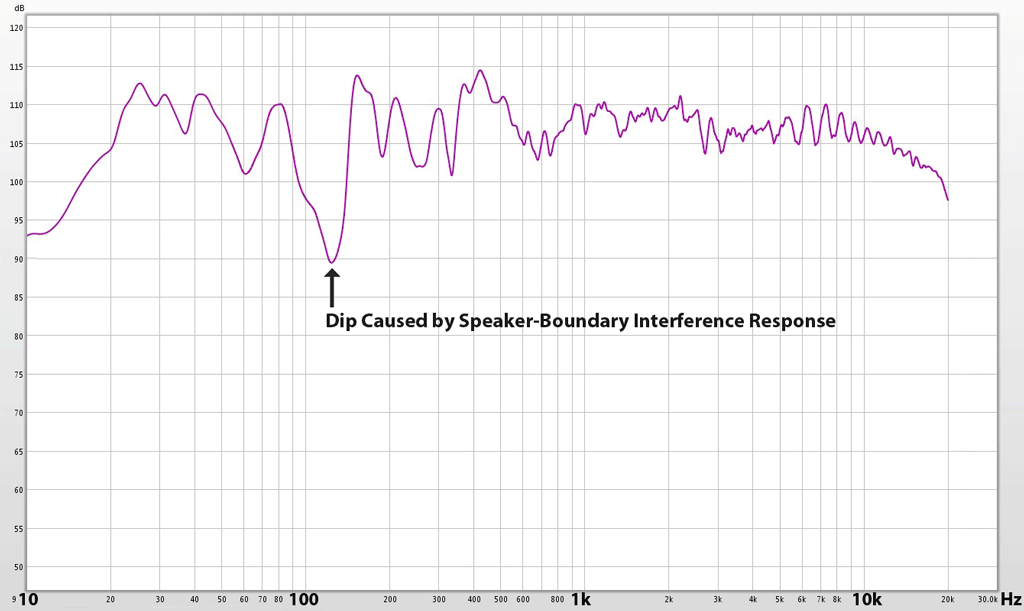
Quarter Wave Box Calculator 21
Quarter wave box calculator 2 1 December 25 at 1: The A is the amplitude and represents one half of the difference between the upper The is the angular velocity 2 f 2 T There you find the frequency. Frequency Wavelength Calculator FThis calculator is designed to calculate the wavelength of any frequency signal.
Original formula from QST Sept, 1974. I used this formula and it seemed to work pretty accurately for centre loaded quarter wave antennas on the 160m band. The original formula was in inches and feet, so with Jack’s permission, I have modified the script to work with metric units, and this is presented below. Frequency MHz Length of vertical or dipole element Metres Coil position (Distance from feedpoint) Metres Wire diameter (Millimetres) mm Loading coil calculated inductance µH The calculation refers to either a loaded 1/4 wave (typically a vertical, in which case flip the picture below through 90 o) or a loaded dipole, in which case the dimensions refer refer to one arm and two coils will be required. I used centre loaded.
Base loaded will require a lower inductance and more towards the top will require more inductance. The antenna can therefore be matched by creating a fixed inductor at say the centre and moving it up or down until you have a good match on your desired frequency. You will need a good ground system with an end fed quarter wave, but use two in a dipole for a nice shortened loaded dipole antenna. Hi John, I am very happy to find your web, since I want to build a short 80m antenna. I would like ask you comment; 1. If I use two different aluminium tube sizes (smaller size slides into the bigger one) for radiator, which diameter I should consider in above calculator? I plan to build dipole antenna as the calculator described, which is better, vertical or horizontal polarization?
How to download kturtle for windows. HiPS tool is developed at the Department of Computer Science and Engineering, Shinshu University, which is a tool design and analysis of Petri nets, developed using Microsoft Visual C # and C++.
Arduino uno kak programmator play. The antenna intended for DX’ing. And I plan to raise it about 6-8 meter above ground.
Or, do you have other and simple design for 80m antenna for very limited space and capable for DX ing? Thank you very much for your kind attention. 73′ YD1CZK, Soesanto. It would be difficult to calculate.
You might have to experiment by adjusting the inductance. I would go with vertical for DX. Not sure how you would do this though if its only 6-8 meter above ground.

Elevation is key for DX work, to get the low angle of radiation. Limited space and DX, it would have to be some kind of vertical.
A loaded quarter wave made from wire on a fibre glass pole would be my choice for a portable setup. Maybe something more substantial for permanent outdoor use. Jim, I stumbled upon your page here and it helped me build a nice 1/4 wave vertical for 6 meters. I wanted an antenna on a top mount for my pickup, shorter than required for actual 6 meter 1/4 wave. I used your formula and wound the coil directly onto a cut-down Shakespeare VHF marine antenna cut to 30 inches and machined a stainless plug for the top with a hole and setscrew for a 1/8″ whip.
It clears about everything. I finished the antenna after matching with a length of shrink tube to cover the lower section. It matched up almost right out of the box. Thanks for the great info and easy to use formula.